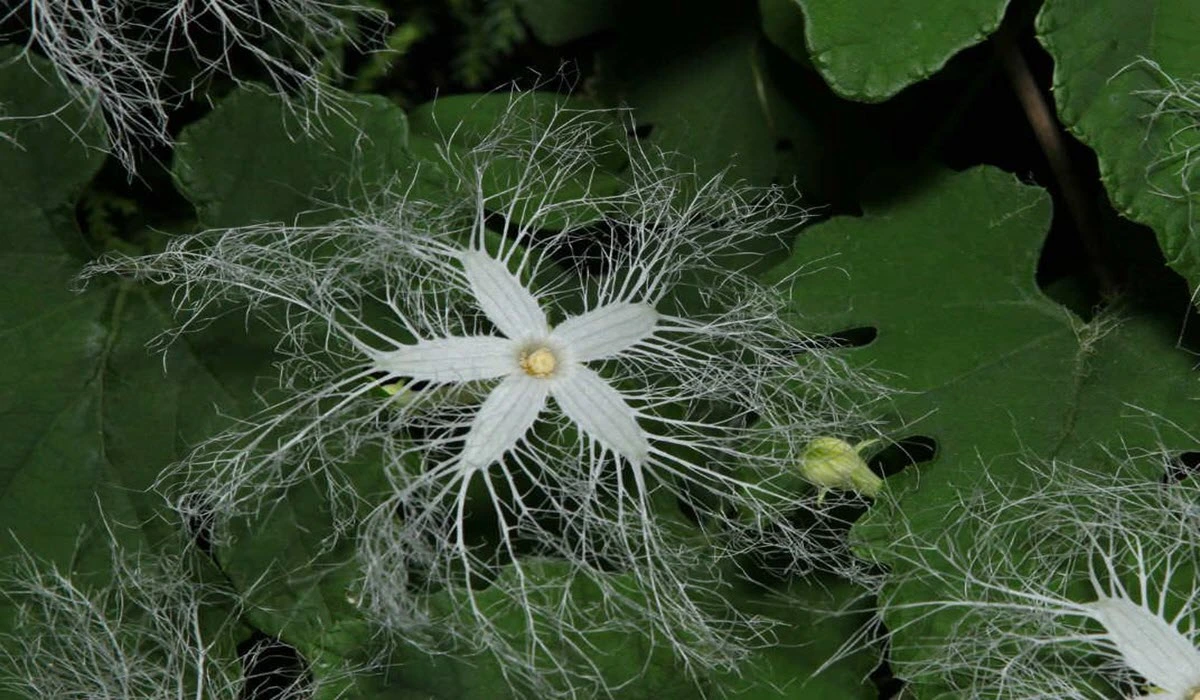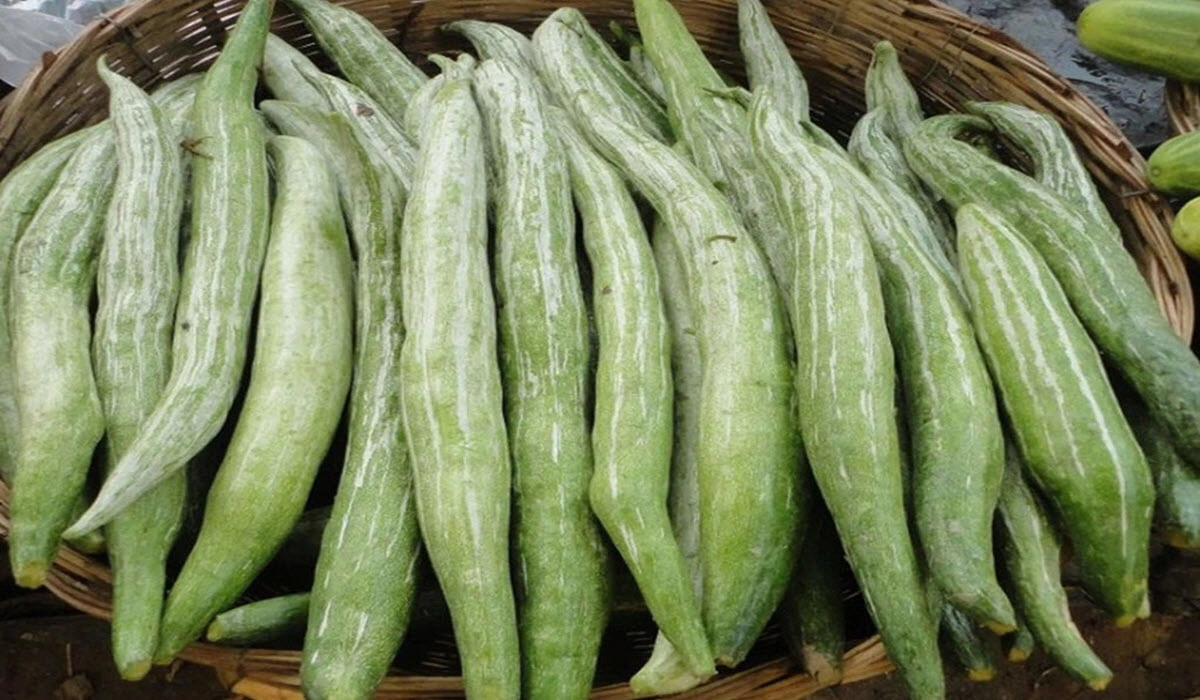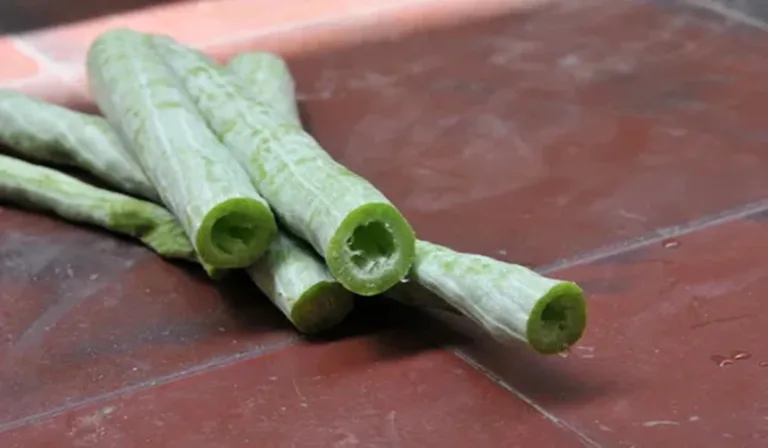Snake gourd is a long, cylindrical-shaped vegetable that is commonly grown in Southeast Asia, India, and other tropical regions. It is known for its mild, sweet flavor and is a great addition to soups, curries, and stir-fries. If you are interested in growing snake gourd in your home garden, here we are going to see How to grow snake gourd at home, How long It takes snake gourd to germinate, How to grow snake gourd from seed:

Climate and Soil Requirements

Snake gourd is a warm-season crop that thrives in hot and humid conditions. It grows best in draining soil that is rich in organic matter. The pH of the soil should be between 6.0 and 7.5. If you live in a cooler climate, it may be best to grow snake gourd in a greenhouse or indoors.
Planting and Spacing
Snake gourd can be grown from seeds or seedlings in containers or pot. If you are starting from seeds, it’s best to sow them directly into the soil or in seed trays about two weeks before the last frost date. When planting, conform space the seeds or seedlings about 2-3 feet apart to give them enough room to grow. For the Healthy grow use organic snake gourd seeds.
Watering and Fertilizing
Snake gourd requires regular watering, especially during hot and dry weather. It’s best to water deeply and consistently to promote healthy root growth. To fertilize, use a balanced fertilizer with equal amounts of nitrogen, phosphorus, and potassium. It’s also recommended to supplement with additional organic matter, such as compost or well-rotted manure.
Trellising and Pruning
Snake gourd Vegetable is a vine that can grow up to 20 feet long, so it’s important to provide a trellis or other support structure for the snake gourd to climb on. As the plant grows, you may also need to prune it to prevent overcrowding and promote air circulation.

|
5 pack Garden Pruning Shears Stainless Steel Blades5 pack Garden Pruning Shears Stainless Steel Blades, Handheld Scissors Set with Gardening Gloves,Heavy Duty Garden Bypass Pruning Shears,Tree Trimmers Secateurs, Hand Pruner |
Harvesting
Snake gourd can be harvested when it reaches a length of 18-24 inches. It’s best to use a sharp knife or pruning shears to cut the gourd from the vine. Once harvested, the gourd can be stored in a cool, dry place for up to a week.
Diseases Attack in snake gourd and its Solution

Anthracnose: Anthracnose is a fungal disease that causes brownish-black spot in the leaves, stems, and fruit of the plant. To prevent, conform practice good sanitation and avoid a lot of watering. If the disease does occur, you can use a fungicide to control it.
Bacterial Wilt: Bacterial wilt is a bacterial disease that causes the leaves of the snake gourd to wilt and turn yellow. To prevent bacterial wilt, rotate crops, use disease-free seeds, and practice good sanitation. If the disease does occur, it’s best to cutoff infected snake gourd to stop the spreading of the disease.
Cucumber Mosaic Virus: Cucumber mosaic virus is a viral disease that can cause stunted growth and mottled leaves on the plant. To prevent cucumber mosaic virus, use disease-free seeds and practice good sanitation. There is no cure for the disease, so infected plants should be removed and destroyed to prevent the spread of the virus.
Fusarium Wilt: Fusarium wilt is a fungal disease that can cause yellowing and wilting of the leaves of the plant. To prevent fusarium wilt, practice good sanitation and avoid overwatering. If the disease does occur, it’s best to remove and destroy infected plants to prevent the spread of the disease.

|
12-Pack Grow Bags 5 Gallon, Thick Fabric Planter Bags for VegetablesGreatBuddy 12-Pack Grow Bags 5 Gallon, Thick Fabric Planter Bags for Vegetables, Sturdy Handles & Reinforced Stitching, Labels Included, Black |
Health Benefits of Snake Gourd

Low in Calories: Snake gourd is a low-calorie vegetable, making it an excellent choice for those looking to lose weight. One cup of cooked snake gourd contains only 26 calories, making it a great addition to a healthy, balanced diet.
High in Nutrients: Snake gourd is a good source of several important nutrients, including vitamin C, vitamin A, iron, calcium, and potassium. These nutrients are essential for maintaining good health and supporting the proper functioning of the body.
Supports Digestive Health: Snake gourd is a rich source of dietary fiber, which can help support digestive health by promoting regular bowel movements and preventing constipation. It is also believed to help alleviate digestive issues like indigestion and flatulence.
Helps Manage Diabetes: Snake gourd is a good source of complex carbohydrates and has a low glycemic index, making it a suitable food for people with diabetes. It has been found to help regulate blood sugar levels and improve insulin sensitivity.
Supports Heart Health: The high levels of potassium in snake gourd can help regulate blood pressure and reduce the risk of cardiovascular disease. It also contains antioxidants that can help protect the heart from damage caused by free radicals.
Boosts Immune System: Snake gourd contains vitamin C, which is known to boost the immune system by stimulating the production of white blood cells. It also has anti-inflammatory properties that can help reduce inflammation and support immune function.
In conclusion, as per the above snake gourd growing guide, growing snake gourd in your home garden can be a fun and rewarding experience. With the right soil, watering, and fertilization, as well as trellising and pruning, you can enjoy a bountiful harvest of this unique and delicious vegetable. So why not give it a try and see for yourself the satisfaction of growing your own food?

